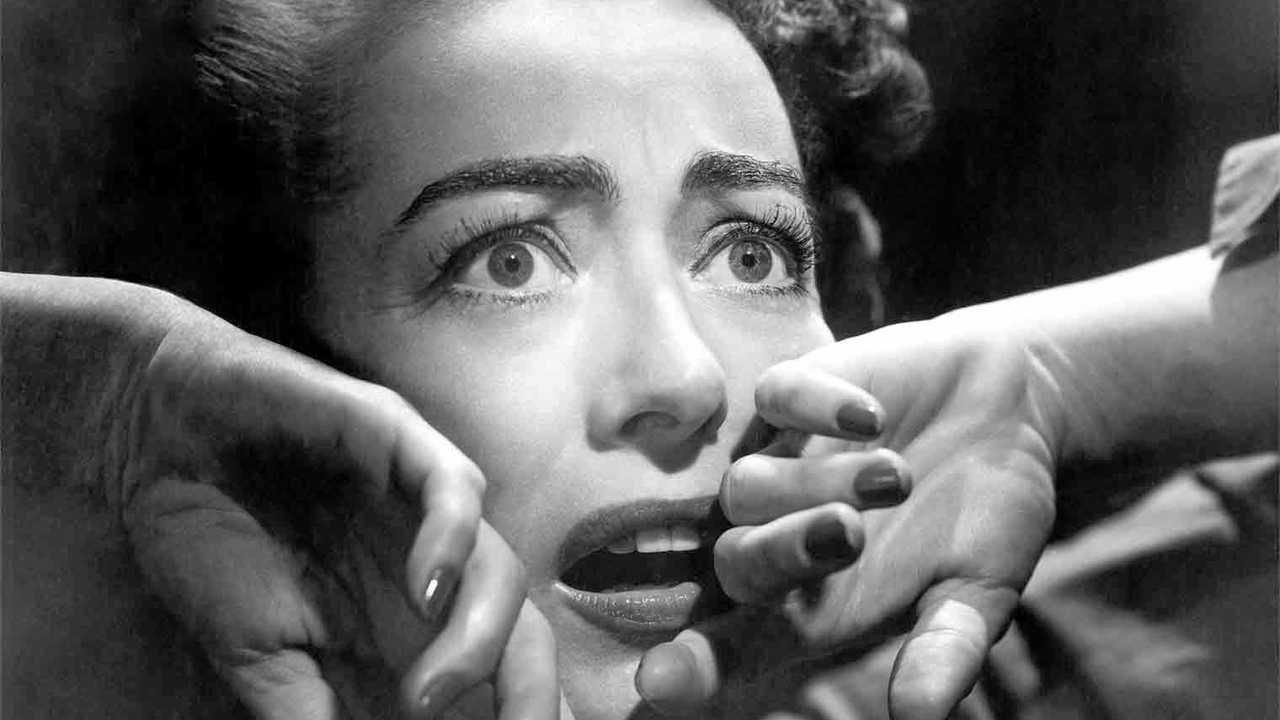Phobias are a common occurrence, but some phobias are more unusual than others. This content presents 10 of the strangest phobias that many people may not know exist. These phobias include Pogonophobia, the fear of beards, Globophobia, the fear of balloons, and Consecotaleophobia, the fear of chopsticks. The article discusses the symptoms of each phobia and how they can impact daily life. Additionally, it highlights how phobias can be debilitating and suggests seeking professional help to overcome them.
10 Strangest Phobias That You Never Knew Existed
Phobias are a common occurrence in the world, with one in ten people experiencing them at some point in their lives. However, some phobias are weirder than others. From the fear of balloons to the fear of being tickled, these ten phobias are the strangest you never knew existed.
1. Pogonophobia – The Fear of Beards
Pogonophobia is a fear of beards, which can range from a mild dislike to a crippling fear of even seeing someone with facial hair. People with pogonophobia may experience symptoms such as rapid heartbeat, sweating, and shaking when faced with bearded individuals.
2. Globophobia – The Fear of Balloons
Globophobia is the fear of balloons, which can extend to all types of inflatable objects. People with this phobia may avoid places where balloons are present, such as parties or weddings, and will experience anxiety symptoms if they are forced to be around them.
3. Consecotaleophobia – The Fear of Chopsticks
Consecotaleophobia is a fear of chopsticks, which can make eating at Japanese or Chinese restaurants challenging. This phobia can cause anxiety symptoms such as sweating and shaking when faced with chopsticks, and it can also extend to the fear of certain foods that require chopsticks to eat properly.
4. Ombrophobia – The Fear of Rain
Ombrophobia is the fear of rain, which can range from mild discomfort to extreme anxiety. People with this phobia may avoid going outside when it’s raining, and they may also experience panic attacks when it rains unexpectedly.
5. Genuphobia – The Fear of Knees
Genuphobia is a fear of knees, which can make it difficult for people with this phobia to be around others wearing shorts or skirts. This phobia can cause anxiety symptoms such as sweating, nausea, and rapid heartbeat when faced with knees.
6. Pediophobia – The Fear of Dolls
Pediophobia is the fear of dolls, which can range from a mild dislike to a severe anxiety disorder. People with this phobia may avoid places where dolls are present, such as toy stores or museums with doll displays. They may also experience panic attacks or nightmares involving dolls.
7. Ancraophobia – The Fear of Wind
Ancraophobia is the fear of wind, which can range from mild discomfort to extreme anxiety. This phobia may cause people to stay indoors during windy weather, and they may also experience symptoms such as sweating and shaking when the wind is blowing.
8. Taphophobia – The Fear of Being Buried Alive
Taphophobia is the fear of being buried alive, which can cause extreme anxiety and panic attacks in those who suffer from it. People with this phobia may avoid enclosed spaces, such as elevators or airplanes, where they feel trapped and unable to escape.
9. Chromophobia – The Fear of Colors
Chromophobia is the fear of colors, which can make it difficult for people with this phobia to be around brightly colored objects or environments. This phobia can cause anxiety symptoms such as sweating, rapid heartbeat, and nausea when faced with certain colors.
10. Chirophobia – The Fear of Hands
Chirophobia is the fear of hands, which can make it challenging for people with this phobia to shake hands or touch others. This phobia can cause anxiety symptoms such as sweating, shaking, and rapid heartbeat when faced with hands.
Phobias can be a debilitating and distressing condition, affecting the quality of life for those who suffer from them. If you or someone you know is struggling with any of these phobias, it’s essential to seek professional help to overcome them.
